In August 2025, the U.S. Department of Education introduced new guidelines under Title I-A of the Elementary and Secondary Education Act (ESEA) to improve equitable services for private school students, particularly those from low-income backgrounds. This shift aims to ensure that federal support is more accessible and fairly distributed.
Clarification of Equitable Services
Equitable services ensure that private school students receive the same educational resources and support as their public school peers. Under the new guidance, Local Educational Agencies (LEAs) must collaborate with private school officials to identify the needs of eligible students and implement services to address them effectively.
Proportional Allocation of Federal Funds
The updated guidance emphasizes proportionality in the distribution of federal funds. LEAs must allocate Title I-A funds based on the number of eligible private school students within their jurisdiction. This ensures that private school students receive an equitable share of resources, comparable to public school students, based on enrollment numbers.
Implementation Strategies
To implement the guidance, LEAs are advised to follow several strategies:
- Conduct Needs Assessments: Work with private schools to assess the needs of eligible students.
- Develop Service Plans: Create detailed plans that outline the services to be provided, matching them to identified needs.
- Allocate Resources: Distribute federal funds proportionally, reflecting the number of eligible students in private schools.
- Monitor and Evaluate: Continuously monitor the effectiveness of the services, adjusting plans as needed.
Challenges in Implementation
The revised guidance aims to improve equity but presents challenges in execution:
- Coordination Efforts: Collaboration between public and private school officials requires significant time and resources.
- Monitoring Compliance: Ensuring funds are used appropriately and services are provided as planned requires robust oversight.
- Addressing Diverse Needs: Private schools vary in size and resources, making it difficult to standardize service delivery across all institutions.
The Department of Education’s updated guidance marks an important step in ensuring private school students receive equitable federal resources.
By focusing on proportionality and fostering cooperation between public and private schools, the policy aims to create a more balanced educational environment. However, its success depends on effective collaboration and overcoming the challenges of implementation.

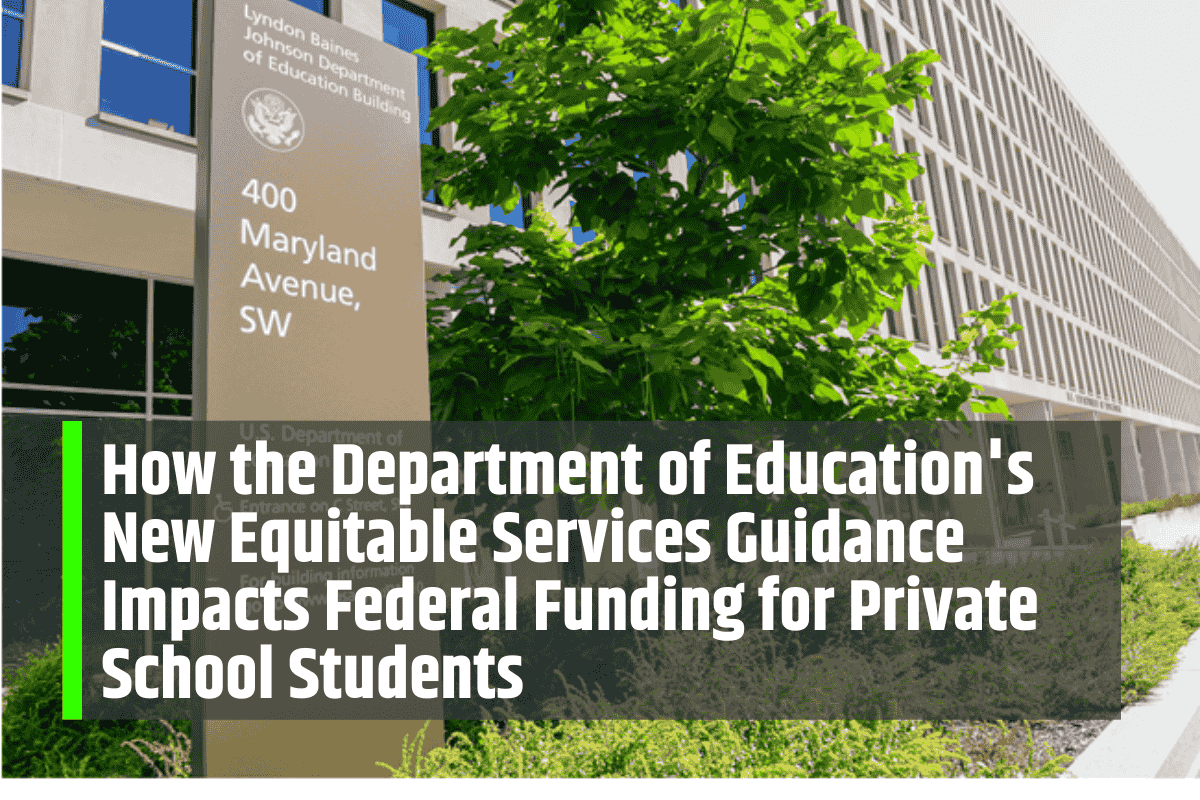

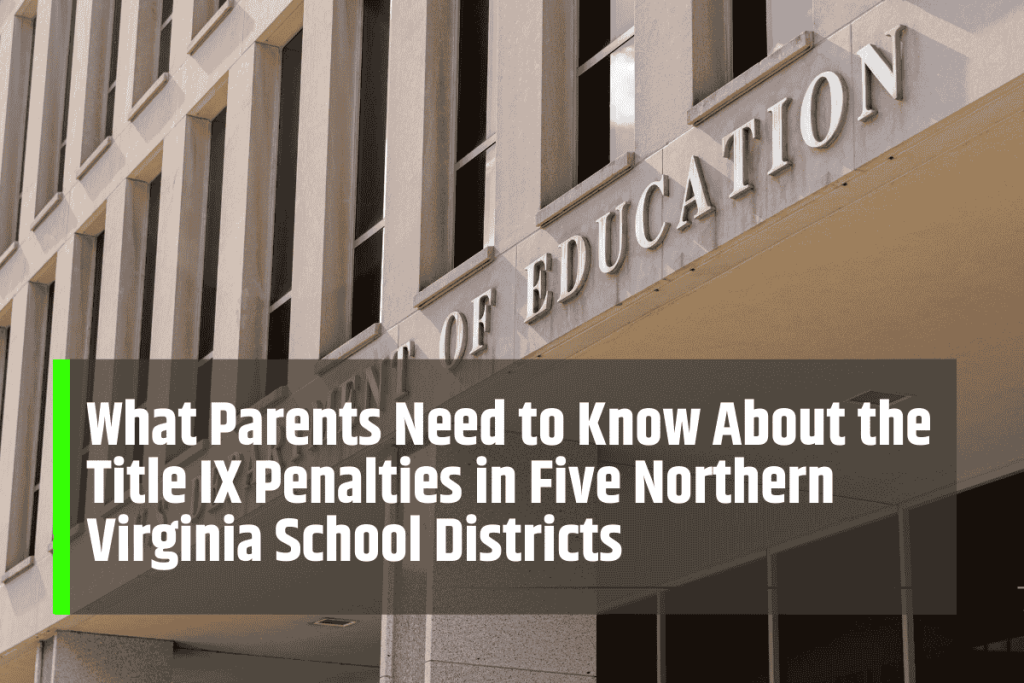
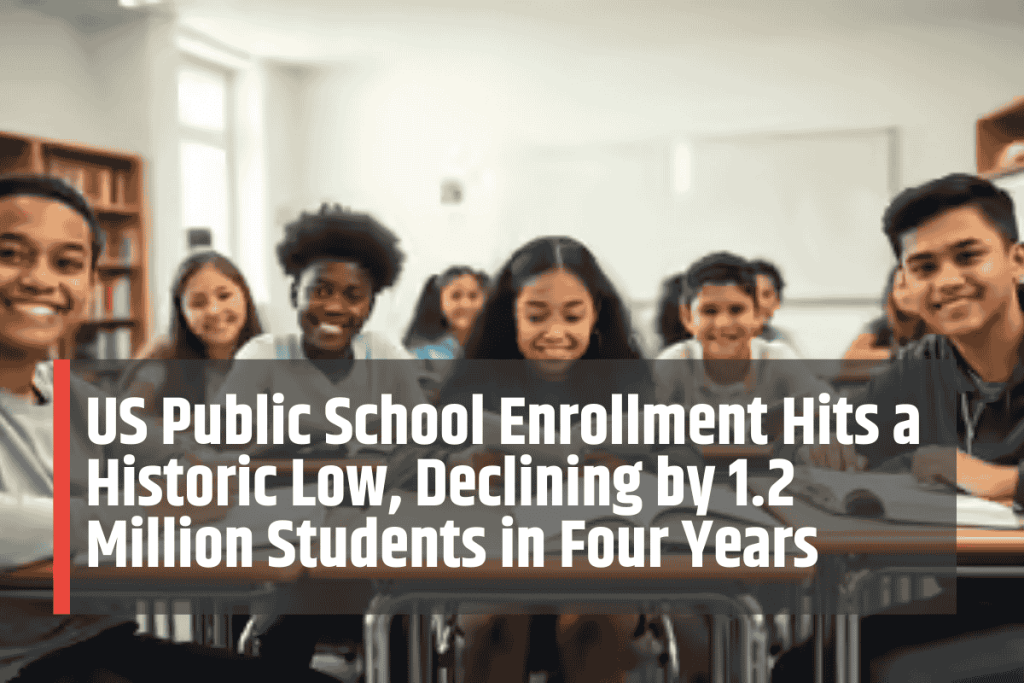
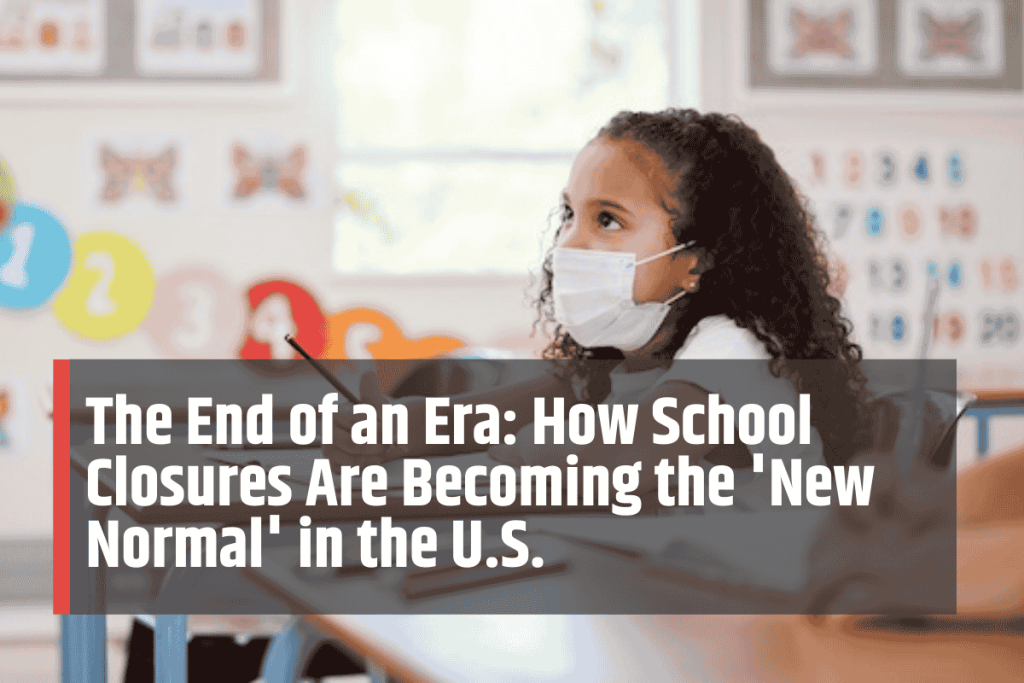


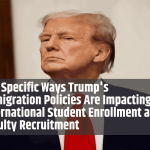


Leave a Comment